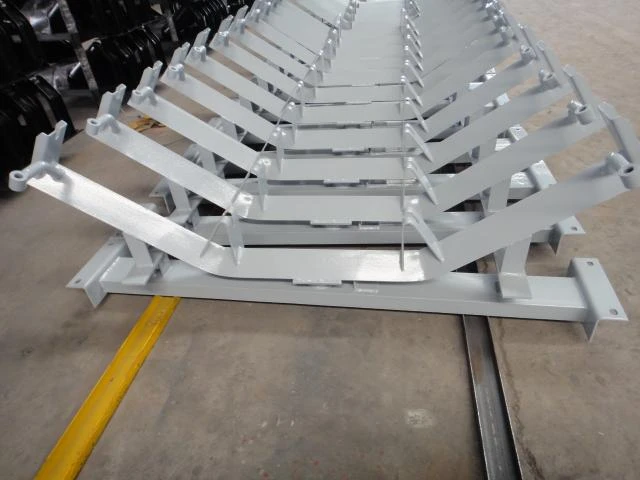 Afrikaans
Afrikaans  Albanian
Albanian  Amharic
Amharic  Arabic
Arabic  Armenian
Armenian  Azerbaijani
Azerbaijani  Basque
Basque  Belarusian
Belarusian  Bengali
Bengali  Bosnian
Bosnian  Bulgarian
Bulgarian  Catalan
Catalan  Cebuano
Cebuano  Corsican
Corsican  Croatian
Croatian  Czech
Czech  Danish
Danish  Dutch
Dutch  English
English  Esperanto
Esperanto  Estonian
Estonian  Finnish
Finnish  French
French  Frisian
Frisian  Galician
Galician  Georgian
Georgian  German
German  Greek
Greek  Gujarati
Gujarati  Haitian Creole
Haitian Creole  hausa
hausa  hawaiian
hawaiian  Hebrew
Hebrew  Hindi
Hindi  Miao
Miao  Hungarian
Hungarian  Icelandic
Icelandic  igbo
igbo  Indonesian
Indonesian  irish
irish  Italian
Italian  Japanese
Japanese  Javanese
Javanese  Kannada
Kannada  kazakh
kazakh  Khmer
Khmer  Rwandese
Rwandese  Korean
Korean  Kurdish
Kurdish  Kyrgyz
Kyrgyz  Lao
Lao  Latin
Latin  Latvian
Latvian  Lithuanian
Lithuanian  Luxembourgish
Luxembourgish  Macedonian
Macedonian  Malgashi
Malgashi  Malay
Malay  Malayalam
Malayalam  Maltese
Maltese  Maori
Maori  Marathi
Marathi  Mongolian
Mongolian  Myanmar
Myanmar  Nepali
Nepali  Norwegian
Norwegian  Norwegian
Norwegian  Occitan
Occitan  Pashto
Pashto  Persian
Persian  Polish
Polish  Portuguese
Portuguese  Punjabi
Punjabi  Romanian
Romanian  Russian
Russian  Samoan
Samoan  Scottish Gaelic
Scottish Gaelic  Serbian
Serbian  Sesotho
Sesotho  Shona
Shona  Sindhi
Sindhi  Sinhala
Sinhala  Slovak
Slovak  Slovenian
Slovenian  Somali
Somali  Spanish
Spanish  Sundanese
Sundanese  Swahili
Swahili  Swedish
Swedish  Tagalog
Tagalog  Tajik
Tajik  Tamil
Tamil  Tatar
Tatar  Telugu
Telugu  Thai
Thai  Turkish
Turkish  Turkmen
Turkmen  Ukrainian
Ukrainian  Urdu
Urdu  Uighur
Uighur  Uzbek
Uzbek  Vietnamese
Vietnamese  Welsh
Welsh  Bantu
Bantu  Yiddish
Yiddish  Yoruba
Yoruba  Zulu
Zulu Understanding the Function and Design of Conveyor Drum Systems
Understanding Conveyor Drums A Key Component in Material Handling Systems
Conveyor systems play a pivotal role in various industries, facilitating the efficient movement of materials from one point to another. Among the essential components of these systems, the conveyor drum stands out as a crucial element that ensures smooth operation and reliability. This article delves into the significance, design, types, and maintenance of conveyor drums, highlighting their role in enhancing operational efficiency.
What is a Conveyor Drum?
A conveyor drum, often referred to as a pulley, is a cylindrical component that is integral to conveyor belt systems. These drums serve as the primary mechanism that drives the conveyor belt, supporting its movement and maintaining proper tension. Typically positioned at strategic points along the conveyor system, the drums can be found at the head (drive drum), tail (idler drum), and intermediate locations, depending on the design of the conveyor.
Importance of Conveyor Drums
Conveyor drums are vital to the overall performance of material handling systems. They not only facilitate the movement of goods but also influence the durability and efficiency of the conveyor belt. A well-designed drum can minimize wear and tear on the belt, allowing for longer operational life and reduced maintenance costs. Moreover, the proper alignment and tension provided by the drums enhance the material flow, preventing slippage and ensuring a smooth transit of materials.
Design Considerations
The design of a conveyor drum is critical for its functionality
. Factors such as the diameter, material, and surface texture of the drum are pivotal in optimizing its performance. Generally, larger diameter drums are preferred for heavy-duty applications, as they provide better belt support and distribute the load more evenly. The material of the drum typically ranges from steel to aluminum, selected based on the environment and the nature of the materials being transported.The surface texture of the drum also plays a significant role in ensuring grip. For instance, grooved drums can enhance traction, particularly in applications involving steep inclines or heavy loads. Additionally, the drum must be designed to handle various environmental conditions, including exposure to moisture, chemicals, and extreme temperatures.
conveyor drum

Types of Conveyor Drums
Conveyor drums can be categorized into two primary types drive drums and idler drums.
1. Drive Drums As the name suggests, these drums are powered and provide the necessary force to move the conveyor belt. They are typically equipped with a motor and drive components, including reducers and gears, to facilitate the movement of the belt. Drive drums are essential for overcoming the inertia of the load on the belt and maintaining the desired speed.
2. Idler Drums Unlike drive drums, idler drums do not have a power source. Their primary function is to support the conveyor belt and help maintain tension. Idler drums are strategically placed along the belt's length to minimize sagging, ensuring that the belt runs smoothly and efficiently.
Maintenance of Conveyor Drums
Regular maintenance of conveyor drums is critical to ensure their longevity and optimal performance. Routine inspections should be conducted to check for signs of wear, misalignment, or damage. Lubrication of bearings and moving parts is essential to prevent friction and overheating, which could lead to premature failure.
Furthermore, the timely replacement of worn drums is crucial. A damaged or misaligned drum can cause significant issues, including belt misalignment, increased wear, and even operational shutdowns. Implementing a proactive maintenance schedule can greatly reduce downtime and enhance the overall efficiency of the conveyor system.
Conclusion
In conclusion, conveyor drums are indispensable components of material handling systems, playing a vital role in the efficient operation of conveyor belts. Their design, functionality, and maintenance directly impact the performance and longevity of conveyor systems. Understanding the significance of conveyor drums can help industries optimize their material handling processes, ultimately leading to increased productivity and reduced operational costs. By investing in high-quality drums and adhering to a stringent maintenance regime, businesses can ensure that their conveyor systems operate at peak efficiency.
-
Revolutionizing Conveyor Reliability with Advanced Rubber Lagging PulleysNewsJul.22,2025
-
Powering Precision and Durability with Expert Manufacturers of Conveyor ComponentsNewsJul.22,2025
-
Optimizing Conveyor Systems with Advanced Conveyor AccessoriesNewsJul.22,2025
-
Maximize Conveyor Efficiency with Quality Conveyor Idler PulleysNewsJul.22,2025
-
Future-Proof Your Conveyor System with High-Performance Polyurethane RollerNewsJul.22,2025
-
Driving Efficiency Forward with Quality Idlers and RollersNewsJul.22,2025





























